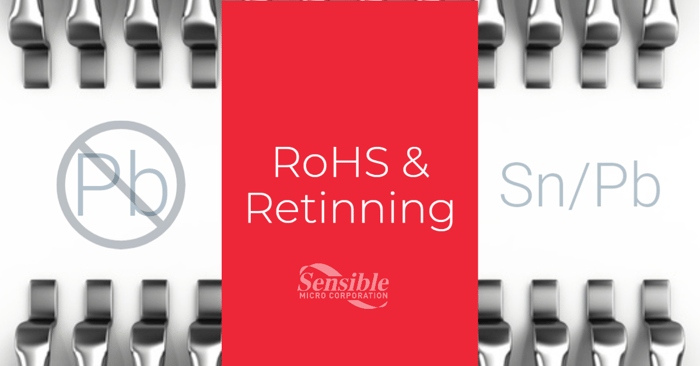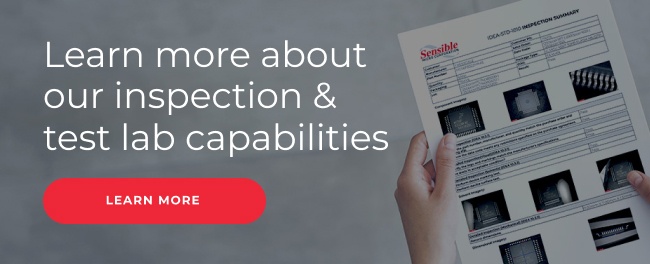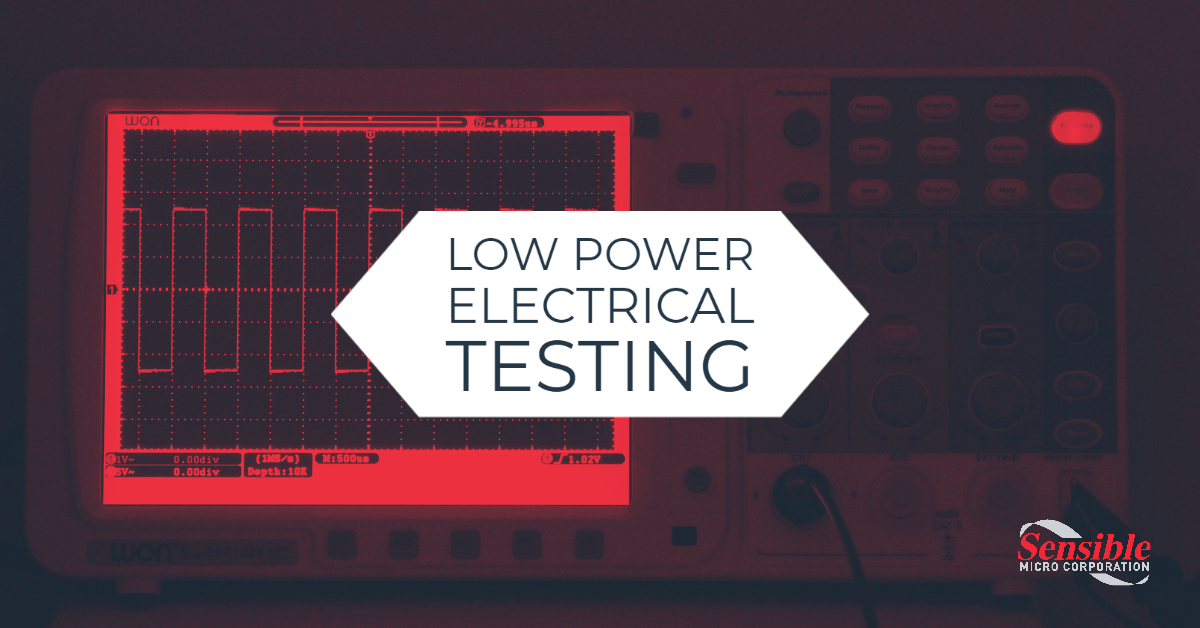With the most recent roll-out of the Restriction of Hazardous Substances directive, also known as the EU RoHS 3, or Directive 2002/95/EC, the global semiconductor industry is still adjusting its supply chain and inventories to comply with the latest requirements. In summary, the RoHS 3 directive requires OEM or EMS companies that sell or distribute electronic products, equipment, sub-assemblies, cables, components, or spare parts to RoHS-directed countries to discontinue items containing the following hazardous materials:
- Cadmium (Cd): < 100 ppm
- Lead (Pb): < 1000 ppm
- Mercury (Hg): < 1000 ppm
- Hexavalent Chromium: (Cr VI) < 1000 ppm
- Polybrominated Biphenyls (PBB): < 1000 ppm
- Polybrominated Diphenyl Ethers (PBDE): < 1000 ppm
- Bis(2-Ethylhexyl) phthalate (DEHP): < 1000 ppm
- Benzyl butyl phthalate (BBP): < 1000 ppm
- Dibutyl phthalate (DBP): < 1000 ppm
- Diisobutyl phthalate (DIBP): < 1000 ppm
The official compliance deadline passed on July 22, 2019. Although there are some official RoHS exemptions made for manufacturers and distributors, these exemptions can be changed, removed, and expire at least every 4 years. The regulations have had a significant impact on hardware design and manufacturing organizations. Finding sourcing solutions that stay within environmental regulation compliances can be challenging for companies that rely on legacy components with high tin-lead content. Or, as with NASA and the U.S. military’s ban on the use of pure-tin in critical applications, finding ways to replace the leads on RoHS compliant parts with lead ones can also be difficult but solutions do exist. The most common solution in these situations is the process of retinning.
Retinning:
Retinning is the process of hot solder dipping component leads, most commonly used to replace leads with a different metallic type. Retinning is done for a variety of reasons but the top five are…
- To convert RoHS- compliant components to Sn/Pb (Tin/Lead)
- To replace tin plating with a fused alloy (also referred to as Tin Whisker Mitigation)
- To refurbish legacy components; to remove and replace an oxidized or plated lead finish
- To remove gold from component leads (also referred to as Gold Embrittlement Mitigation)
- To convert Sn/Pb (Tin/Lead) components into RoHS compliant ones
The process of retinning is contingent on two fundamental requirements; it can only be achieved using a two-solder-pot system and must be strictly regulated. In this two-pot system, one pot contains an alloy for scrubbing and the second contains new alloy needed to coat and re-plate the leads. For the sake of production success and consistency, the retinning process must be highly monitored. Every variable, from temperature to dwell, must be regulated to avoid any mishaps or material contamination, which is why retinning is usually an automated activity.
Here at Sensible Micro, if we don't have the right part in stock we can look for an alternate and facilitate the retinning to be compliant to your needs. Before we send out components to be retinned at one of our approved and vetted labs, we bring them in and conduct an IDEA-STD-1010 inspection in our in-house lab. Afterwards, we conduct a return verification inspection to ensure the viability and quality of the newly retinned parts. All orders also come with a certificate of conformance.
As with all directives, the next round of regulations can be expected in the next few years. Before you run into issues, add a certified distributor to your approved vendor list who can offer quality assurance and component sourcing solutions, like us here at Sensible Micro. Get in touch with one of our sourcing experts today!
Stay on top of the latest developments in the industry by subscribing to the Sensible Micro blog today.



















